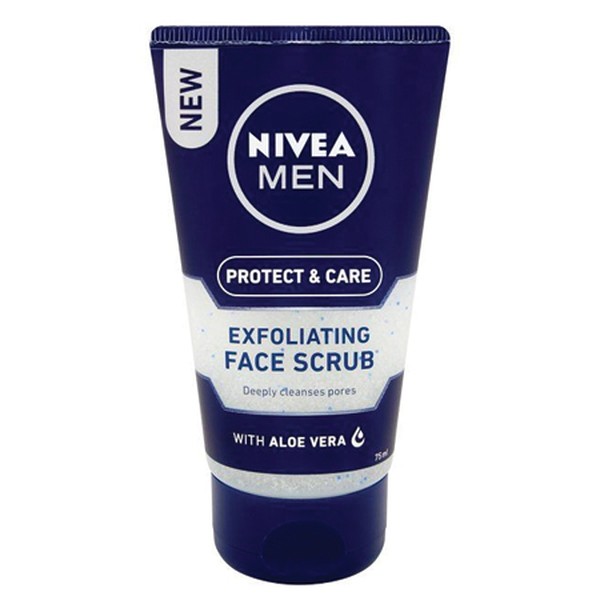A Man’s Guide To Exfoliators
For the uninitiated, what actually is an exfoliator?
Tom: “Exfoliation is when you physically or chemically remove dead skin from the surface of the face using a scrub. These scrubs are referred to as exfoliators.”
What are the benefits of using one?
Tom: “Exfoliating speeds up your skin’s process of rejuvenation. It can also help remove accumulated pollutants and toxins. Using an exfoliator will help to remove dry or dull skin, increase blood circulation, and brighten your skin’s appearance.”
Lisa: “Regular exfoliation is a fundamental part of a healthy skincare routine, as it promotes healthy skin cell turnover, resulting in smoother skin and a more even complexion.”
How do you use an exfoliator?
Tom: “When using a scrub, it’s important to be gentle on your face. Exfoliate for about 30 seconds, then rinse off with lukewarm water. Never use hot water. Avoid exfoliating if your skin has cuts, open wounds or is sunburnt.”
Lisa: “Different exfoliators have different instructions – always read the label before application. Broadly speaking, you would apply the exfoliator to the entire face and neck using damp hands, massaging it into the skin in small circular motions, then wash off using lukewarm water.”
And how often should you exfoliate?
Lisa: “Do it two or three times a week for optimal effect.”
Is that in the morning or evening?
Tom: “Whichever fits best into your schedule – it’s completely up to you. My personal preference is in the morning before I shave, which leaves me with bright, fresh skin for the rest of the day.”
Lisa: “It’s down to individual preference, though there is some merit in using an exfoliator in the evening because when we sleep our bodies go into repair mode, which enhances the process.”
And always pre-shave not post-shave?
Tom: “Yes – the skin is way too sensitive after you shave. And you’ll get a better shave by exfoliating before.”
Lisa: “Exfoliating pre-shave will help to prepare the skin and lift any ingrown hairs.”
Do you need to wash and cleanse your face beforehand?
Tom: “There’s no hard and fast rule to whether you should scrub or cleanse first. So long as you’re doing both regularly, the order you do it in is not that important.”
Lisa: “I'd probably advise starting with a cleanse. Cleansing not only removes the daily dirt and grime we come into contact with, but also bad bacteria which can cause inflammatory responses that lead to problematic skin conditions.”
Anything to look out for on ingredients lists?
Tom: “Look out for alpha-hydroxy acids (AHAs) such as glycolic, lactic, tartaric and citric acids. These break apart the bonds that keep dull and dead skin cells on the skin’s surface, so they’ll help get rid of dead particles. Also check for beta-hydroxy acids (BHAs) such as beta hydroxyl and salicylic acid, which are better for acne-prone skin.”
Lisa: “Rice particles are a brilliant exfoliator. They’re scientifically proven to gently remove dead skin cells and excess sebum using a micro dermo abrasive action. Because of their extremely small particle size, they vacuum up sweat and remove micro-organisms from the skin. If an exfoliator has them on its ingredients list, it’s a good one to go for.”
Any to avoid?
Tom: “I’d suggest avoiding oils like petroleum and mineral oil-derived products, as well as parabens and alcohols, as these can damage the skin or cause irritation.”
Lisa: “Avoid using physically harsh exfoliators as these can also strip the skin of its natural oils.”
Should you exfoliate if you have a beard?
Tom: “Absolutely. You can use a scrub beneath the beard if it’s not too long or use a natural-fibre nail brush to gently exfoliate under the beard. Just make sure you rinse any product out very well. A beard oil after exfoliating can help condition the hair.
Lisa: “Beard growth, in particular, can cause problems with in-grown hairs and irritation. Exfoliation will help prevent these kinds of concerns while also conditioning beard hair.”
What if you have sensitive skin?
Tom: “Keep away from a scrub/physical exfoliant and turn to a more gentle form of enzymatic acid. These sometimes come in oil form. Ingredients like gluconolactone offer similar exfoliating benefits, but work more slowly and are more tolerable to sensitive skin types. As a bonus, they’re a humectant so they pull water into the skin.”
Lisa: “It’s worth avoiding the harsh abrasive physical action of pumice-type exfoliators. Micro-scrub formulations are much more gentle, but just as effective. This is normally listed on the front of the bottle or in the ingredients list.”
Can exfoliators dry out your skin?
Tom: “The very nature of the process does lend itself to drying the skin out but, as long as you remember to moisturise afterwards, you’ll be just fine.”
Any advice for exfoliating if you have oily or acne-prone skin?
Tom: “You may be tempted to exfoliate and cleanse your face more often to try and get rid of the oil building up, but this will actually dry out the skin, triggering more oil production as it tries to repair itself. Try using a non-abrasive face cleanser – as opposed to a heavy exfoliator – a few times a day. And use a fresh face cloth every time to avoid bacteria being spread around. My top tip is to use a kitchen towel to blot the skin dry.”
Lisa: “Ingredients wise, look for non-harsh micro-scrub formulas and BHAs. These penetrate deeper into the skin than AHAs and are very effective in sebum (oil) control.”
Do you need any other tools?
Tom: “Not necessarily, but there are some on the market that can help. I opt for the Alpha FIT by Clarisonic, which is designed specifically to clean men’s skin. It uses a frequency that produces over 300 movements per second, helping to remove impurities from pores and prepares the skin for a closer shave.”
For more info, visit LisaFranklin.London and TheNed.com
Now check out SLMan’s pick of the best exfoliators available now...
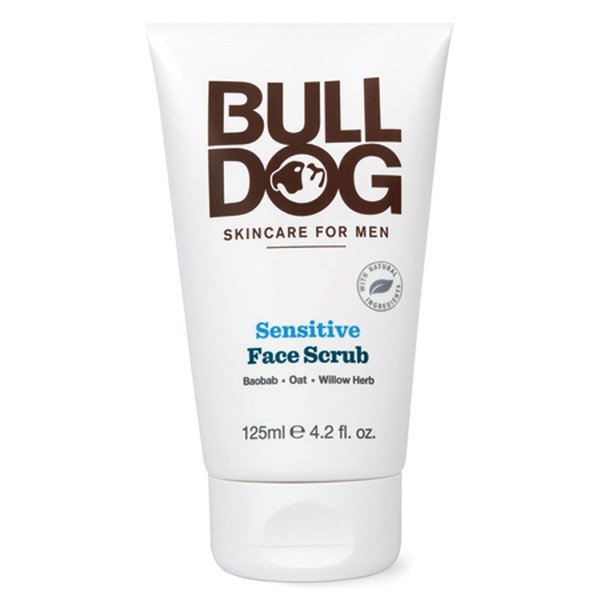
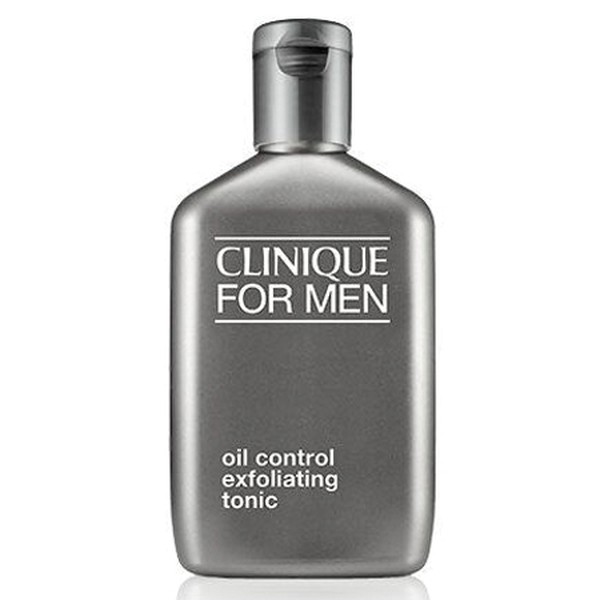

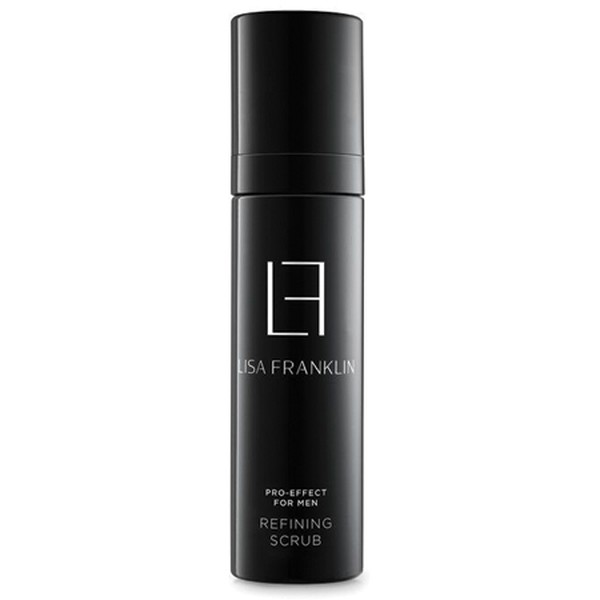
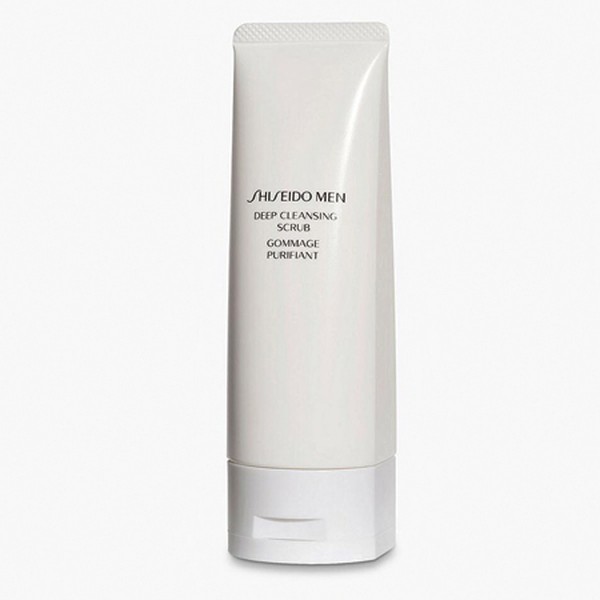
DISCLAIMER: We endeavour to always credit the correct original source of every image we use. If you think a credit may be incorrect, please contact us at [email protected].

